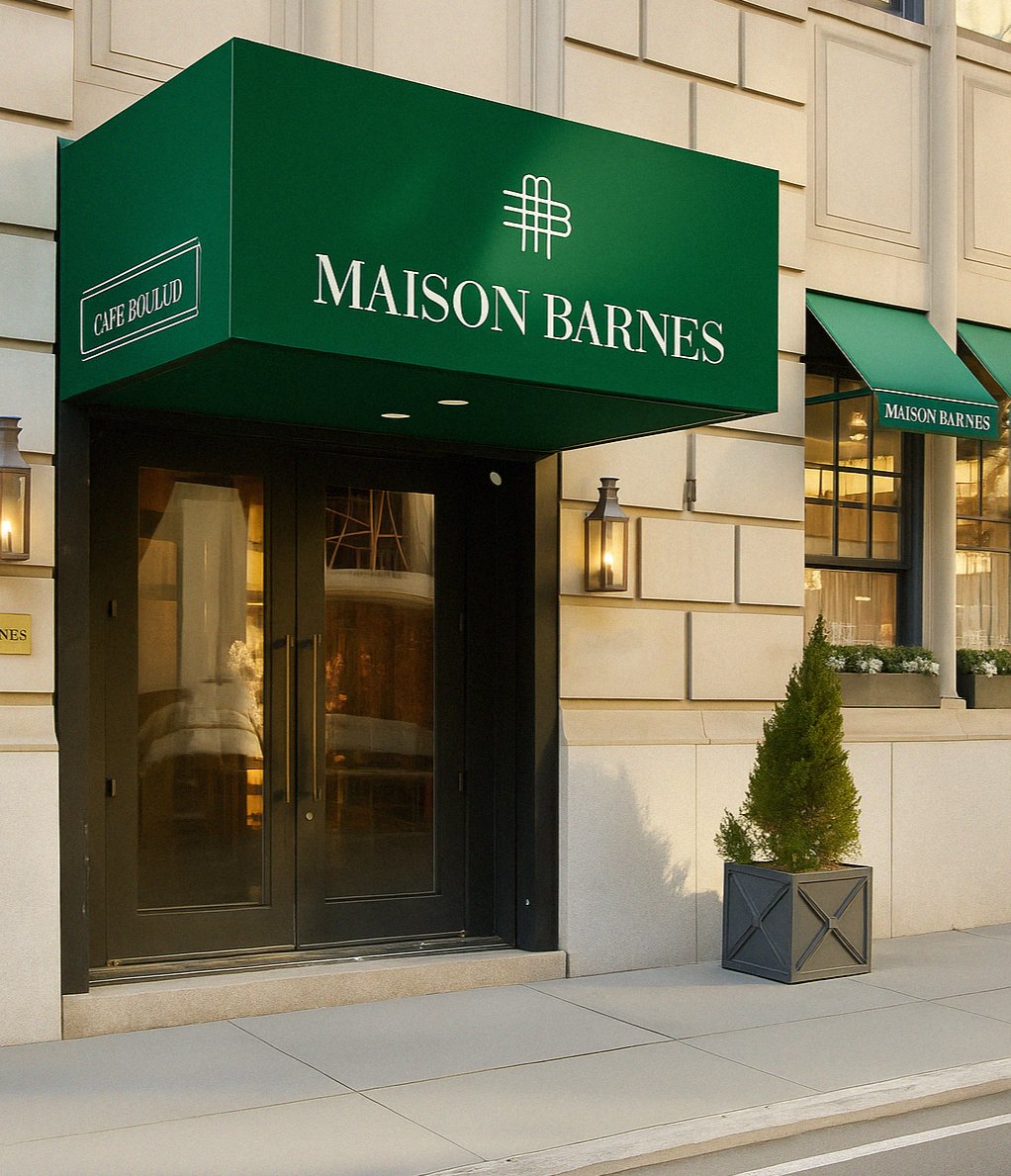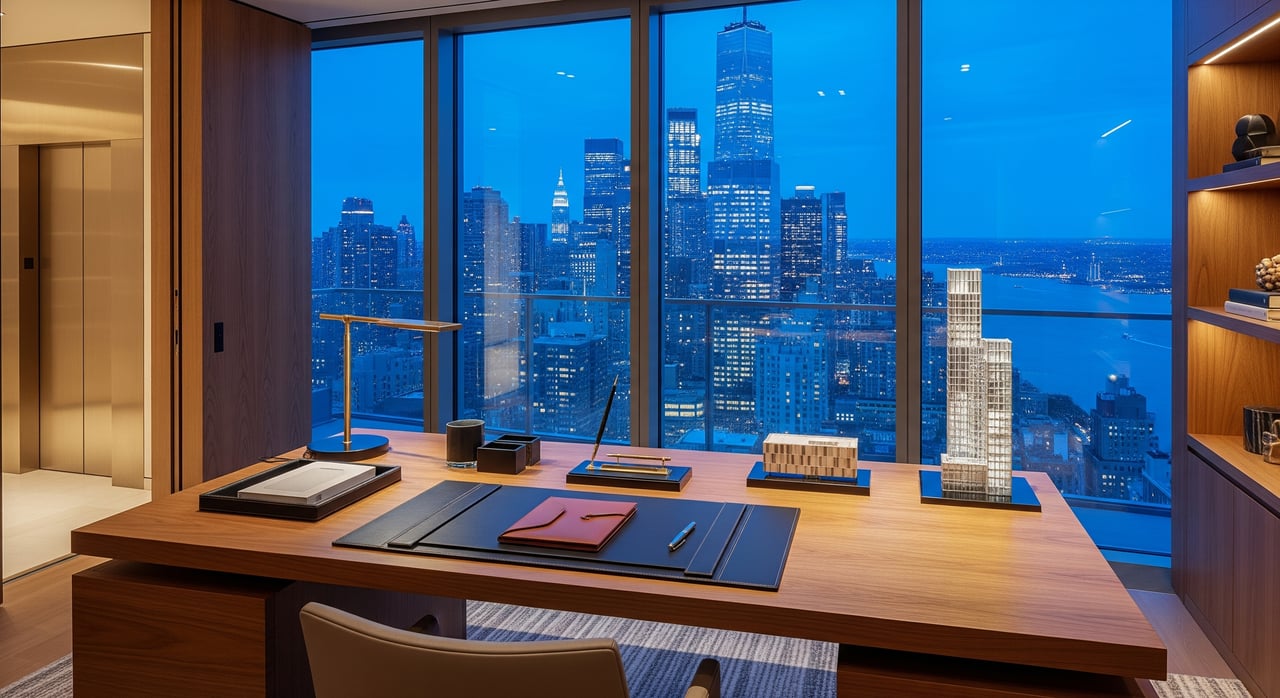
How Foreign Buyers Finance in Manhattan
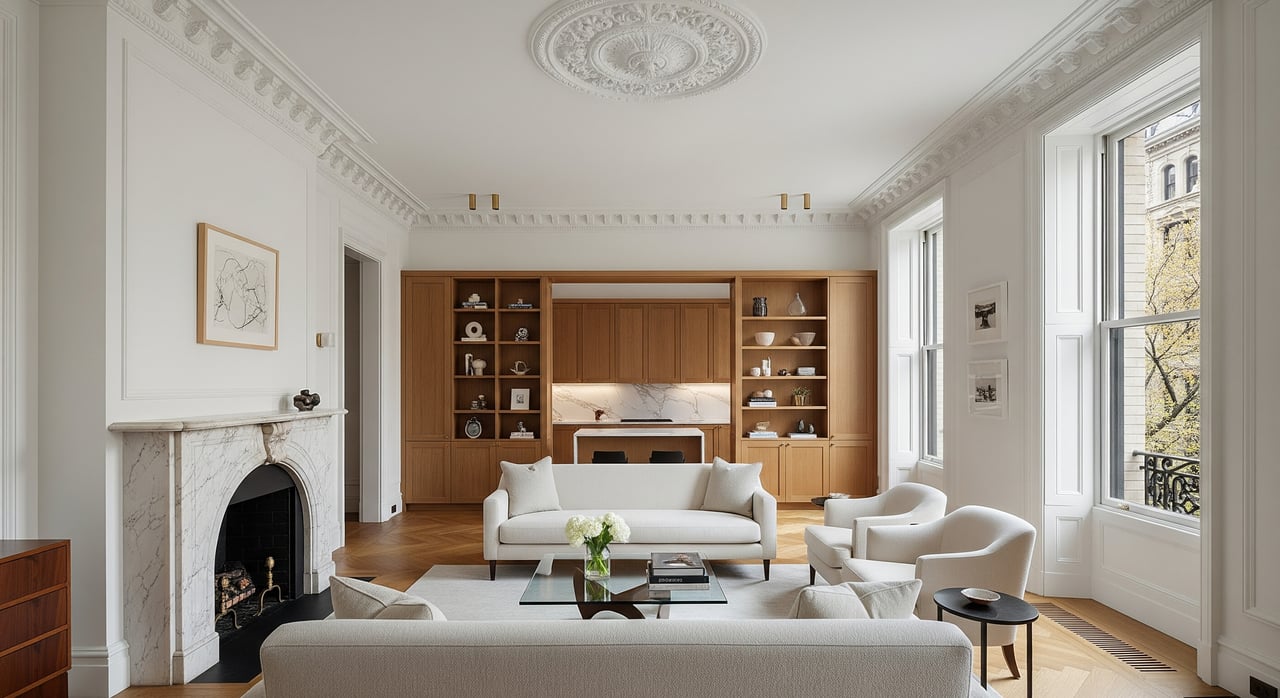
Co-op vs Condo on the Upper East Side
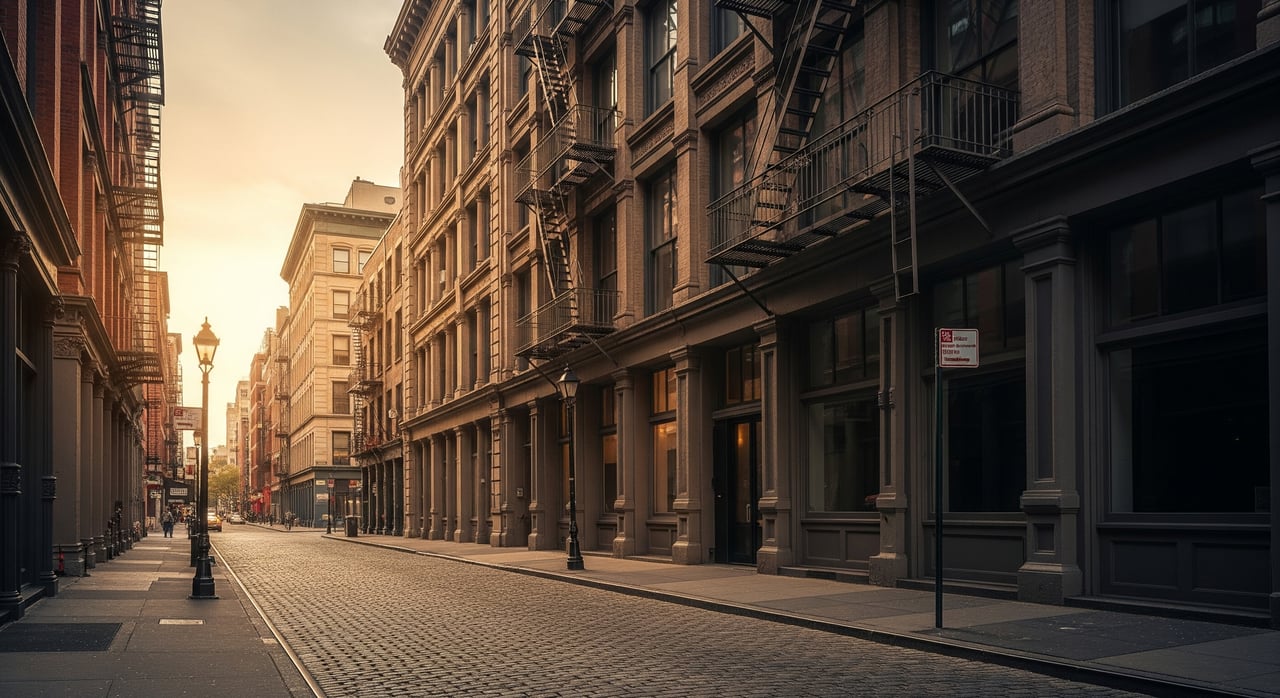
Buying in SoHo: What Landmark Rules Mean

What’s Driving Brooklyn’s Townhouse Market?
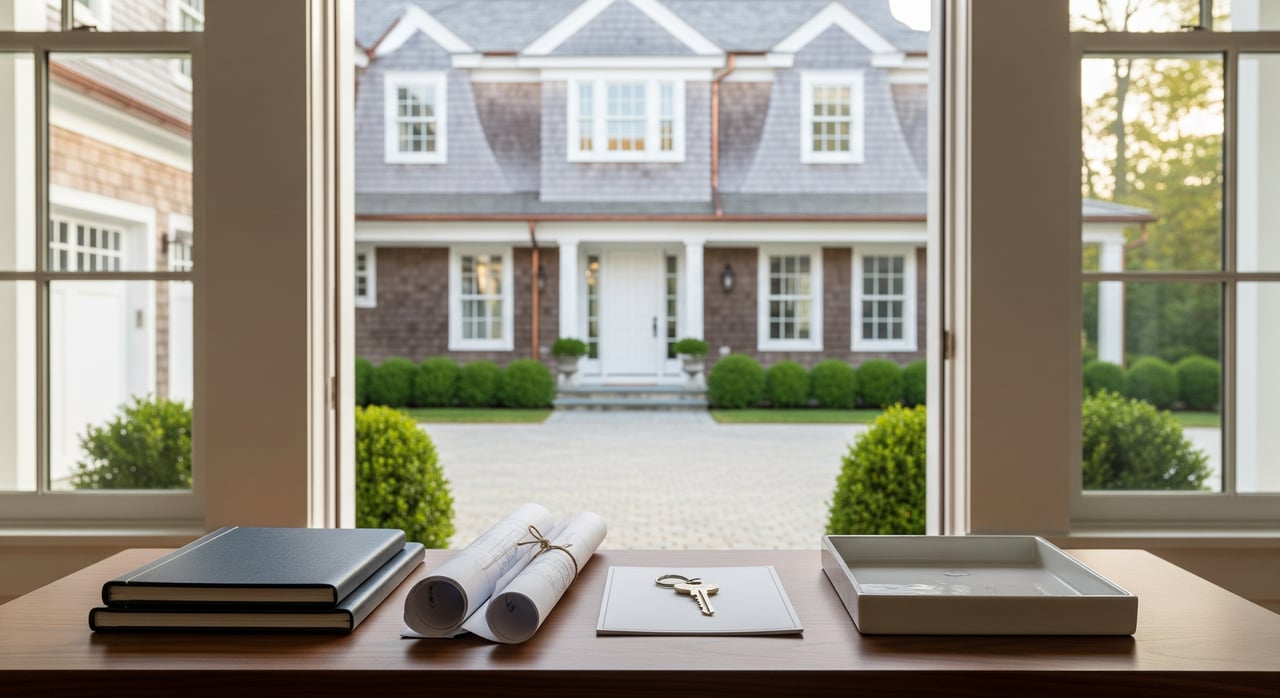
Greenwich Buyer Closing Costs Explained
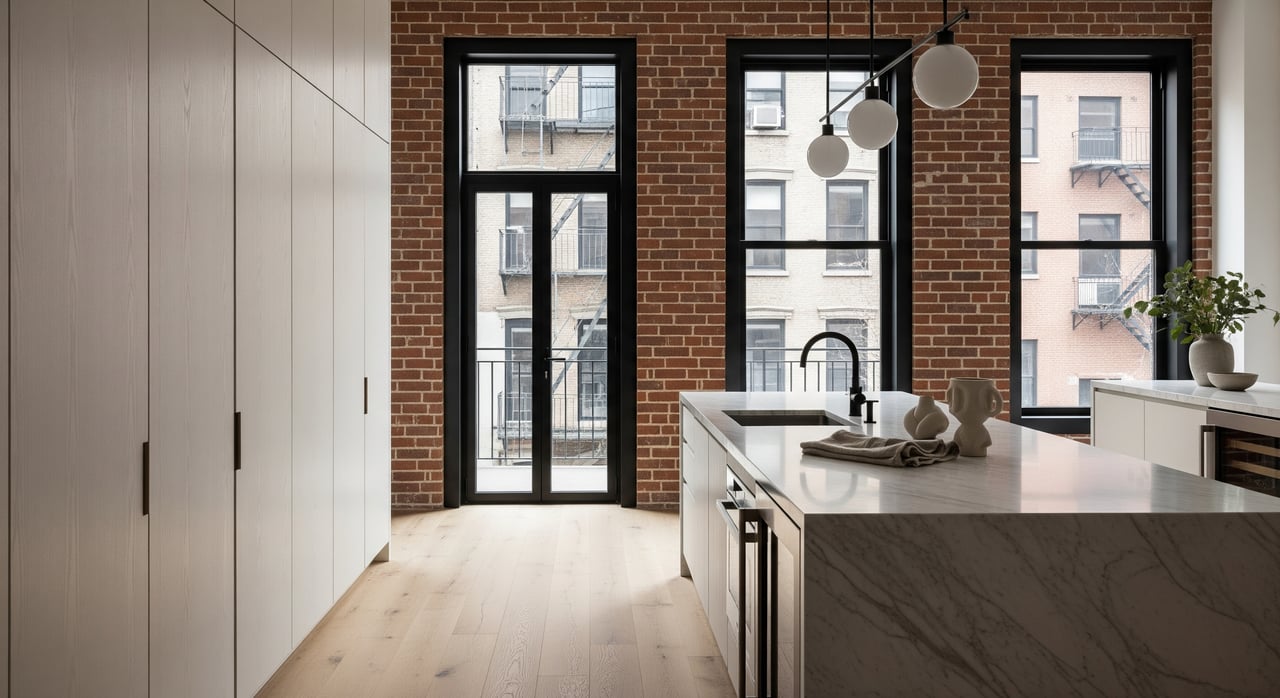
Living Well in Tribeca: Everyday Conveniences
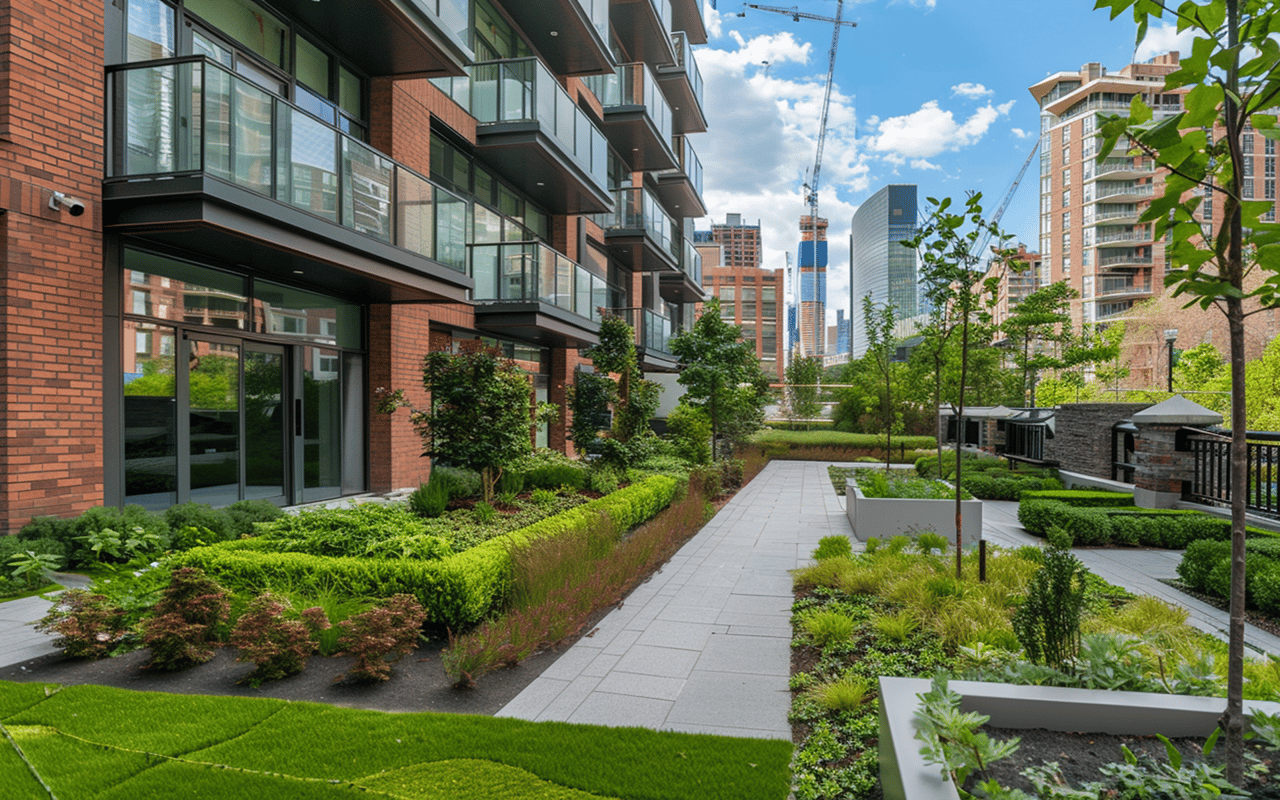
What is the Real Estate Market Like in the Hamptons?
Discover the Hamptons real estate market trends, investment insights, and prime locations.
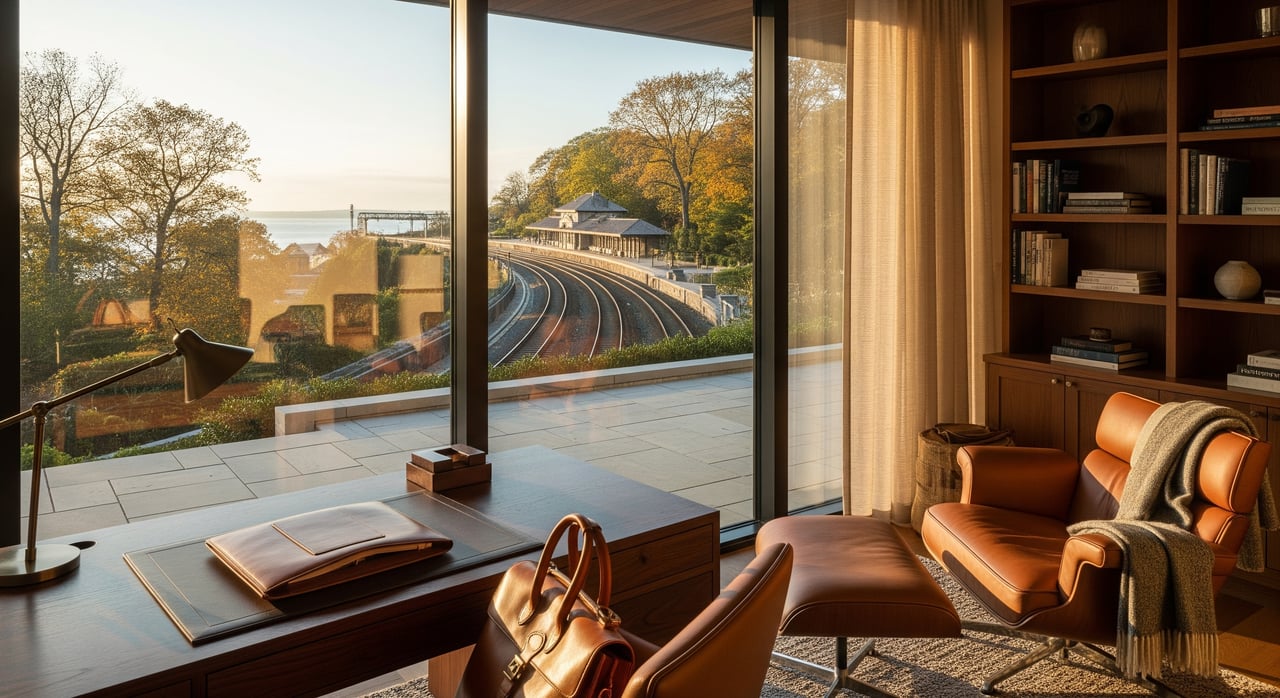
Positioning Proximity: Stations and Commute Talking Points

Pre‑List Checklist: Septic, Well and Water Quality
